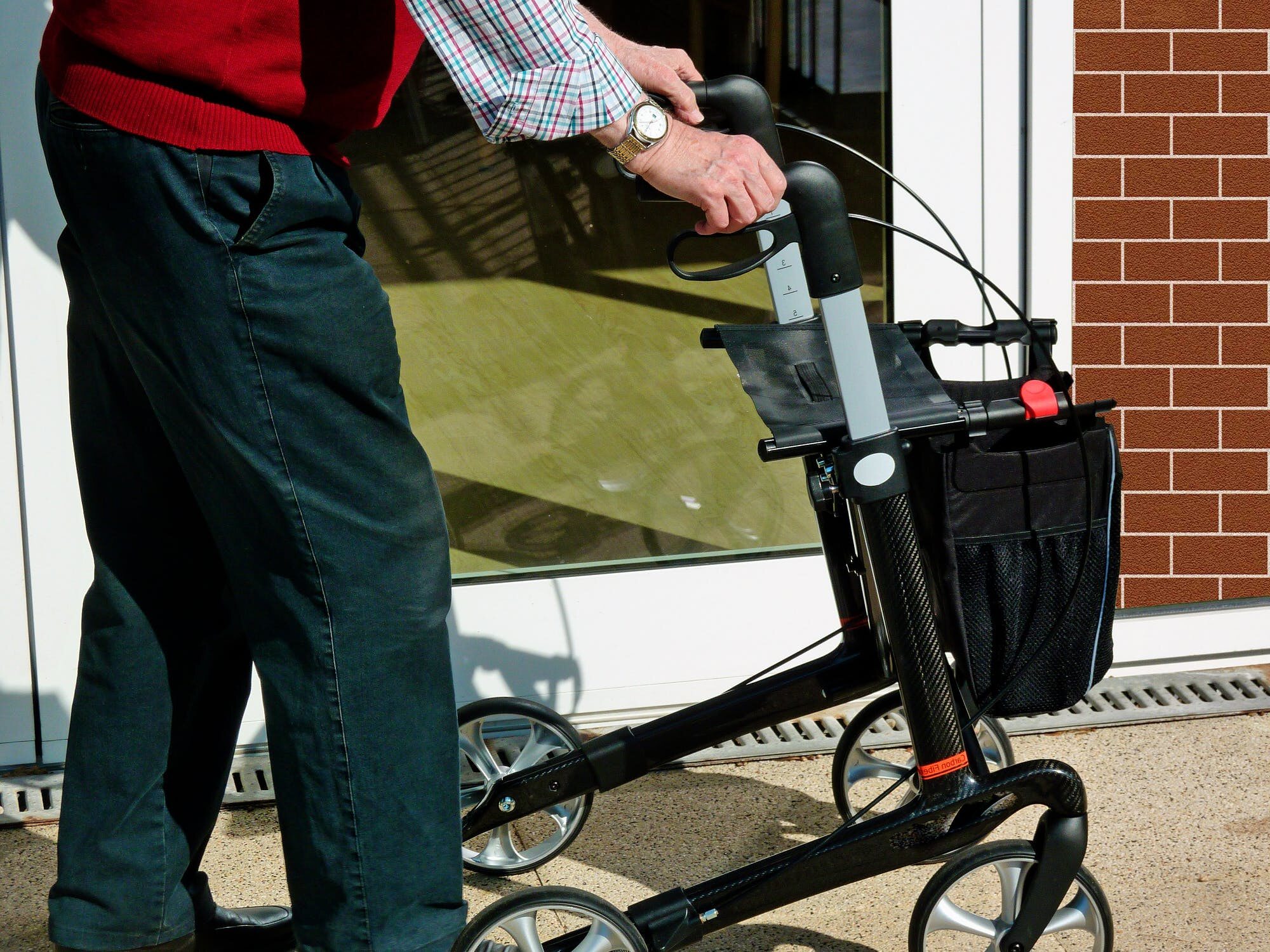How to design a senior-friendly city?

The population of people over 65 in Poland is growing rapidly. This will soon force the authorities of cities, housing estates and public buildings to make large investments in senior-friendly architecture. What exactly is it about?
Seniors now make up about 25% of the population. the total number of Polish inhabitants, but experts predict that within a decade their share in the general population will exceed 35 percent, and in 2050 it may even reach 45 percent.
This means that soon it will be necessary to seriously reorganize the infrastructure and public space to make it more senior-friendly, i.e. it better protected them against falls, made it easier for them to move independently and take care of the most necessary matters, and thus also prevented their social exclusion.
“Elderly people who are subject to social exclusion are more likely to fall ill, and maladjusted public space is conducive to accidents and trips, as a result of which more and more seniors require medical assistance and become incapacitated. Modifying the architecture and space to meet the needs of seniors is therefore not only a challenge, but a necessity, reads the announcement of the conference “Senior-friendly architecture”, organized as part of the National Health Program for 2016-2020, which will take place on November 26 in Warsaw.
This event, organized by the National Institute of Public Health – National Institute of Hygiene under the auspices of the Ministry of Health, is addressed mainly to architects and representatives of the public sector.
Principles of creating a senior-friendly urban space: where to start
During the conference, experts will present and discuss in detail the most important rules for creating spaces and buildings that are friendly to the elderly. Among other things, there will be standards for designing health care facilities for seniors, including both inpatient and outpatient care facilities, but also social assistance facilities and home space.
Below are examples of specific and practical architectural and urban solutions that create a senior-friendly space, which will be discussed in more detail during this conference:
-
Creating small and open public spaces that promote intergenerational integration, e.g. sports and recreation squares.
-
Creating canteens and meeting places for seniors in every district of the city.
-
Increasing the number of green areas with facilities for the elderly.
-
Creating clean, easily accessible and well-marked public toilets adapted to the needs of people with disabilities.
-
Connecting various urban squares and green areas with pedestrian promenades, as well as creating a system of pedestrian communication routes between housing estates and districts.
-
Increasing the number of places to sit (rest) and canopies protecting against adverse weather conditions.
-
Modernization of sidewalks to have a smooth, level and non-slip surface, to be wide enough, free of obstacles, preferably also with low curbs sloping down to the roadway.
-
Eliminating or limiting car traffic in recreation and residential areas as well as in city centres.
-
Building special ramps for wheelchairs in places where there are serious communication barriers, e.g. stairs, steep slopes, high curbs.
-
Creating safe pedestrian crossings, thanks to appropriate traffic lights, marking, lighting, special islands, anti-slip strips, the use of sound signals, displays with information about the time needed to cross the street, etc.
-
Introducing amenities in public buildings that increase their accessibility, e.g. ramps, convenient elevators, escalators, wide doors and passages.
More information on the aforementioned conference can be found on the dedicated website: www.seniorwmiescie.pl.
Wiktor Szczepaniak, Zdrowie.pap.plSource:
Information materials of the National Institute of Public Health – National Institute of Hygiene regarding the conference “Senior-friendly architecture”, organized as part of the National Health Program for 2016-2020.






